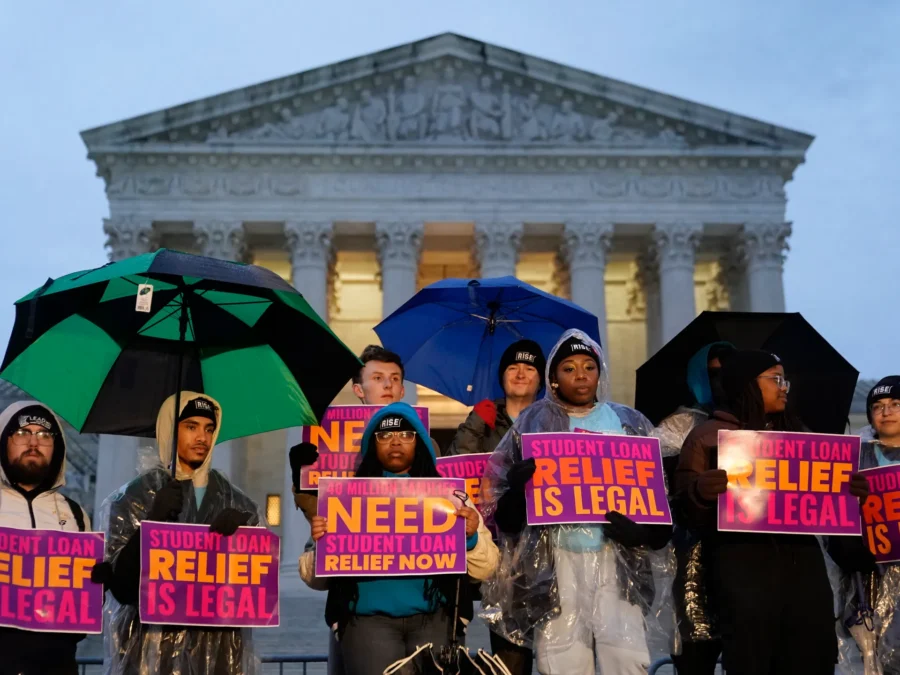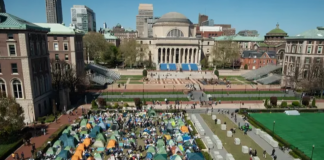NEW YORK – Over 44 million Americans collectively owe a towering $1.6 trillion in student loan debt, representing an ongoing crisis that prompts borrowers to desperately seek relief. Although the Supreme Court extinguished hopes for broad debt cancellation last summer, more limited forgiveness programs remain, some with crucial approaching deadlines.
According to experts, consolidating commercially-held federal loans, Perkins debt, and HEAL borrowing into Direct Loans by December 31st enables eligibility for potential future forgiveness. An impending one-time account adjustment under income-driven repayment could also alter whether certain payments or months tally toward eliminating loans. Certifying pertinent employment paperwork before 2023’s end secures access as well.
While the reset won’t intrinsically cancel debt, it further incentivizes the lengthy path to forgiveness under accessible plans. Those previously enrolled can also recertify earnings in March 2024, locking in six months of lowered payments if income dropped recently or household size grew. Quick submission virtually guarantees the most savings on upcoming bills.
Additional changes phase in next July, cutting undergraduate loan burdens in half while factoring graduate borrowing through a weighted average. The savings stand to be substantial. Meanwhile, October 2024 culminates both a 12-month “on-ramp” shielding irregular payers from default and a “Fresh Start” opportunity for pre-pandemic defaulters. With protections expiring in unison, widespread delinquency looms as a worrying potential consequence.
Still, meeting the approaching deadlines paves the road toward lessening debt incurred simply to obtain higher education and career opportunities. The current labyrinth of programs and qualifications cries out for reform though, according to experts.
The system remains far too complex, with too many hoops to jump through, for borrowers already struggling with repayment,” said John Davis of the Student Loan Crisis Center. “We need comprehensive legislative action to simplify and expand access to forgiveness.”
Despite $127 Billion In Loan Cancellation, Critics Argue Too Little Relief Provided
While President Biden has already erased a record-breaking $127 billion in student loans, impacting some 3.5 million borrowers, many argue the piecemeal efforts still prove inadequate given the scale of the challenge.
Activists emphasize that Black borrowers hold an outsized portion of education debt, an ugly vestige of ongoing racial wealth gaps and structural inequality. For marginalized groups, ever-increasing higher education costs perpetuate unfair barriers. Even with incremental current programs, campaigners demand extra efforts.
The Biden administration’s efforts bring real relief on a person-by-person basis,” noted Ava MacGrid, policy analyst at Debt Collective. “But Black borrowers are 113% more likely to hold student loans while being paid less for the same roles. Until leaders address these systemic disadvantages, the problem persists.”
Meanwhile, Senate Republicans recently unveiled their Afford Online Degrees Act proposal, claiming it “protects taxpayers” while lowering graduate costs through technology innovation partnerships between universities and high-tech firms. Critics counter the privatization focus ignores ongoing racial and income divides however. They argue true reform requires targeted aid boosting accessibility and boosting completion rates.
Borrower Testimonies Highlight Student Debt’s Damaging Consequences
Behind the dense statistics lie real human stories of how America’s student loan phenomenon weighs on finances, health, family planning and more. CNBC profiled 33 year old Hour House, a social worker from Minneapolis carrying a crippling $580 per month payment a full decade after graduation.
“I’ve put off moving out of my parents’ place because of debt and put off having kids,” House explained, fearing the costs of parenthood atop her obligations.
Medical industry professional Sarah Donaldson relayed being denied additional schooling in her field due to already owing $340,000. “Further education could have advanced my career, but my debt-to-income ratio meant I didn’t qualify for more loans,” Donaldson said. “I still wonder what opportunities I missed out on.”
Meanwhile, studies indicate education loans deleteriously impact mental health, linking higher balances to increased anxiety and depression. Researchers emphasize that strains intensify amid economic uncertainty, meaning recent inflation troubles deepen the damage.
Biden Administration Continues Push For Expanded Loan Forgiveness and College Access
While acknowledging current initiatives’ limitations, President Biden and Education Secretary Miguel Cardona reaffirm their stance that higher education must remain financially within reach for all qualified students.
The Department of Education projects that Biden’s income-driven repayment overhaul will cut monthly bills in half for undergraduate borrowers. They’ve portrayed the forthcoming changes as a “student loan safety net” cushioning borrowers on a pathway to debt freedom.
“In the 21st century economy, an accessible college degree represents a core component of prosperity,” Secretary Cardona said in a statement last August. “Therefore, we will continue pursuing every option to lower costs, minimize future borrowing, and ensure deserving Americans enjoy opportunities higher education provides, no matter their backgrounds.”
Republican legislators largely remain opposed to widescale debt relief or tuition assistance expansion. They’ve warned of ballooning budget deficits and inflating higher education costs. However, pragmatists on both sides acknowledge the issue’s pressing nature given systemic shifts in labor force demands.
In recent decades, employment prospects increasingly demanded college credentials, even as soaring tuition rapidly outpaced median income growth. That reality makes addressing the crisis an economic priority as well according to experts.
With fierce partisan disagreement on ideal solutions, the futures of both student borrowers and higher education accessibility writ large remain uncertain. Yet the approaching deadlines provide rare concrete steps that millions anxiously await as potential lifelines amid gathering storms.




















